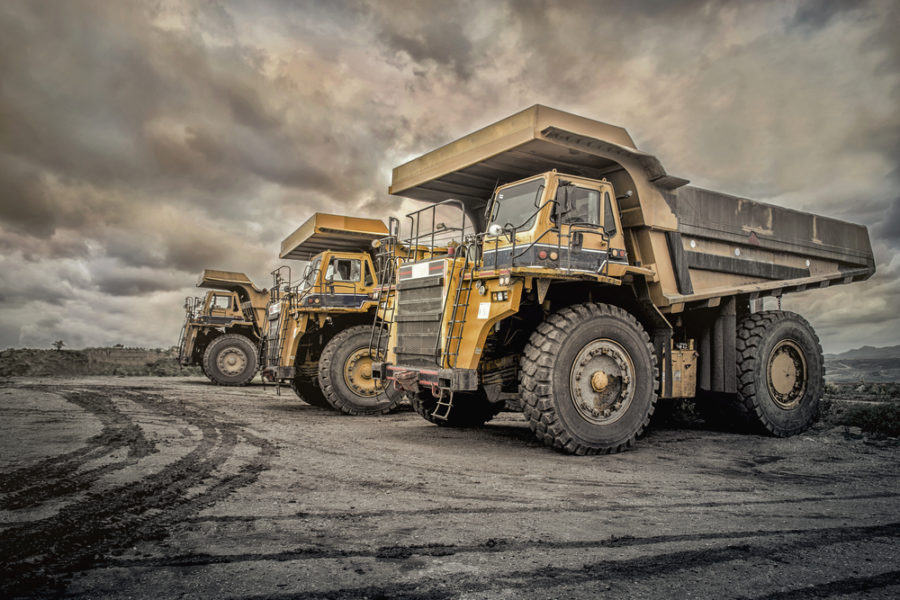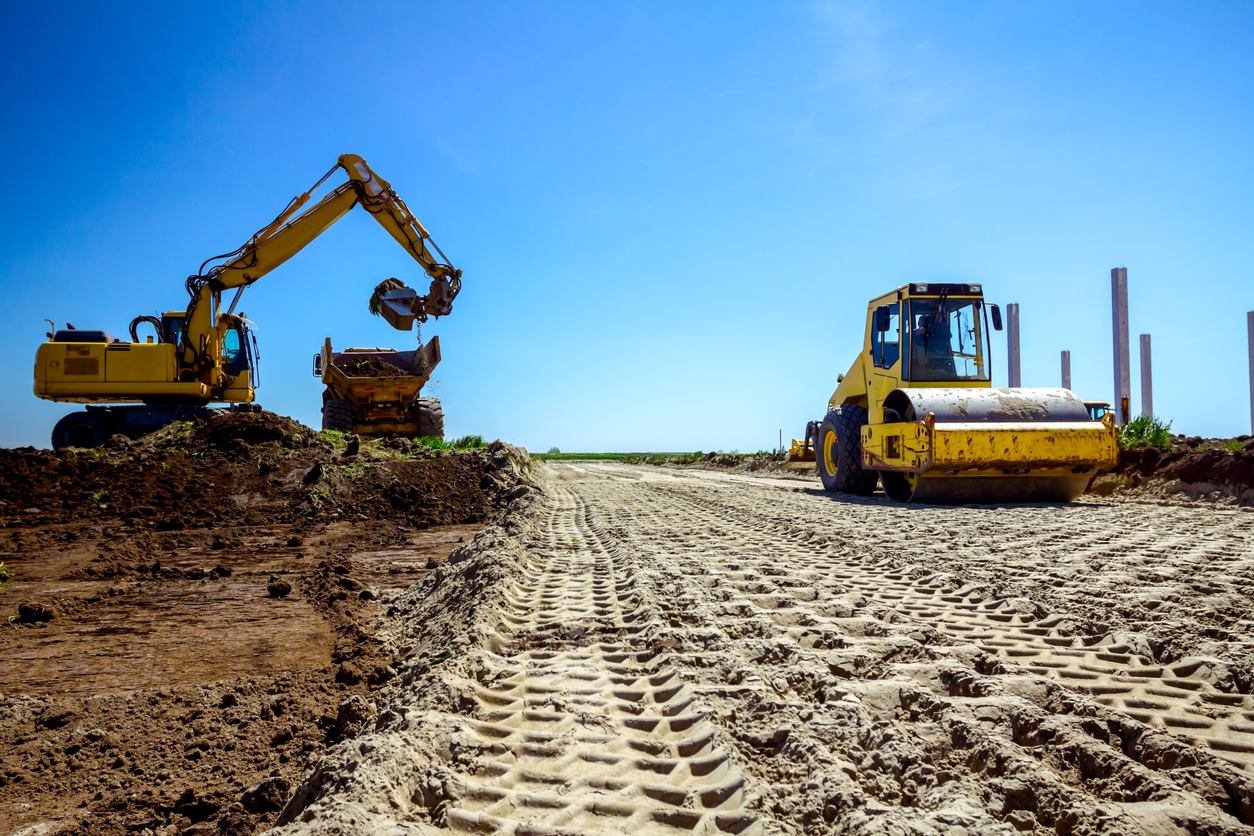Renting Vs. Acquiring Building And Construction Equipment: Making the Right Selection for Your Project
When starting a building job, among the important decisions that forecast stakeholders and managers deal with is whether to get or rent building and construction devices. Both alternatives have their advantages and drawbacks, making the choice a pivotal one in the task planning procedure. The choice hinges on different variables such as expense considerations, job period, devices maintenance, adaptability, scalability, and risk administration. Each element plays an important function in establishing the most appropriate course for the task's equipment demands. aerial lift rental. Let's discover these factors further to understand exactly how they affect the decision-making procedure and inevitably the success of the task.
Expense Factors To Consider
When reviewing the monetary element of purchasing versus renting building and construction tools, the ahead of time costs and lasting expenditures must be thoroughly thought about. Leasing tools commonly requires lower initial settlements compared to purchasing, making it an eye-catching alternative for short-term tasks or contractors with budget plan restrictions. Renting out eliminates the demand for huge resources outlays and decreases the financial threat linked with devices ownership, such as upkeep and depreciation expenses. However, in the future, consistently renting tools can collect higher prices than purchasing, specifically for extensive tasks.
On the other hand, purchasing building equipment involves greater upfront expenses however can result in long-term savings, particularly for regular individuals or long-lasting tasks. Eventually, the choice between renting out and buying building equipment pivots on the project's duration, regularity of use, spending plan factors to consider, and lasting monetary goals.
Task Period

On the other hand, for long-term projects or ongoing building and construction work, getting equipment could be the extra economical option. Buying tools can bring about cost financial savings in the future, specifically if the tools will certainly be regularly made use of. Moreover, owning devices supplies a sense of control over its availability and permits customization to fit specific project demands.

Equipment Maintenance
Provided the important duty job period plays in determining one of the most affordable strategy in between leasing and getting building tools, the emphasis now shifts towards checking out the vital aspect of devices maintenance. Appropriate upkeep is crucial for making sure the ideal performance and longevity of building and construction tools. Leasing equipment commonly features the advantage of having well-kept equipment provided by the rental firm. This can ease the problem of upkeep jobs from the project owner or service provider, saving effort and time. On the other hand, having equipment needs a proactive strategy to maintenance to protect against breakdowns, make certain safety and security, and expand the devices's life-span. Regular assessments, servicing, and timely repair work are needed to keep owned equipment in leading functioning problem. Consider maintenance prices when making a decision between leasing and purchasing, as neglecting upkeep can cause pricey repairs, downtime, and job hold-ups. Eventually, a properly maintained construction tools fleet, whether leased or possessed, is necessary for the effective and efficient completion of building jobs.
Adaptability and Scalability
In the realm of building and construction equipment management, the aspect of flexibility and scalability holds significant importance for project effectiveness and source utilization. Choosing to lease building and construction tools gives a high level of adaptability as it permits for the quick change of equipment types and quantities based on the advancing needs of a project.
Furthermore, scalability, one more important factor, is inherently linked to versatility. Renting building and construction devices uses the benefit of easily scaling procedures up or down as job needs change. Contractors can promptly trade or include devices to match the task's altering demands without the constraints of owning properties that may come to be underutilized or obsolete. This capability to scale resources effectively can result in cost financial savings and boosted project timelines, making renting out a positive choice for jobs requiring adaptability and responsive resource allowance.
Danger Management
Reliable threat monitoring in construction tools procedures is vital to ensuring project success and mitigating potential economic losses. Building and construction jobs naturally entail numerous risks, such as equipment break downs, crashes, and job delays, which can considerably affect the project timeline and budget plan. By thoroughly thinking about the risks related to owning or renting building and construction devices, job supervisors can make informed decisions to reduce these possible hazards.
Renting building tools can supply a level of danger reduction by moving the obligation of maintenance and fixings to the rental firm. This can decrease the monetary burden on the project owner in situation of unanticipated equipment failures (dozer rental). In addition, renting out gives the adaptability to access specialized devices for specific task phases, reducing the risk of having underutilized machinery
On the other hand, having building and construction tools supplies a feeling of control over its usage and maintenance. Nonetheless, this also indicates bearing the complete duty for fixings, upkeep costs, and depreciation, boosting the financial dangers associated with equipment possession. Cautious risk assessment and consideration of variables such as task duration, equipment use, and upkeep requirements are heavy duty electric winch essential in identifying the most ideal choice for efficient risk administration in building and construction tasks.
Final Thought
To conclude, when making a decision between getting and renting out building devices, it is necessary to think about expense, imp source job duration, tools upkeep, scalability, threat, and versatility administration. Each variable plays a crucial duty in identifying one of the most suitable choice for the job handy. By very carefully evaluating these facets, project supervisors can make an enlightened choice that aligns with their budget plan, timeline, and overall job objectives.
